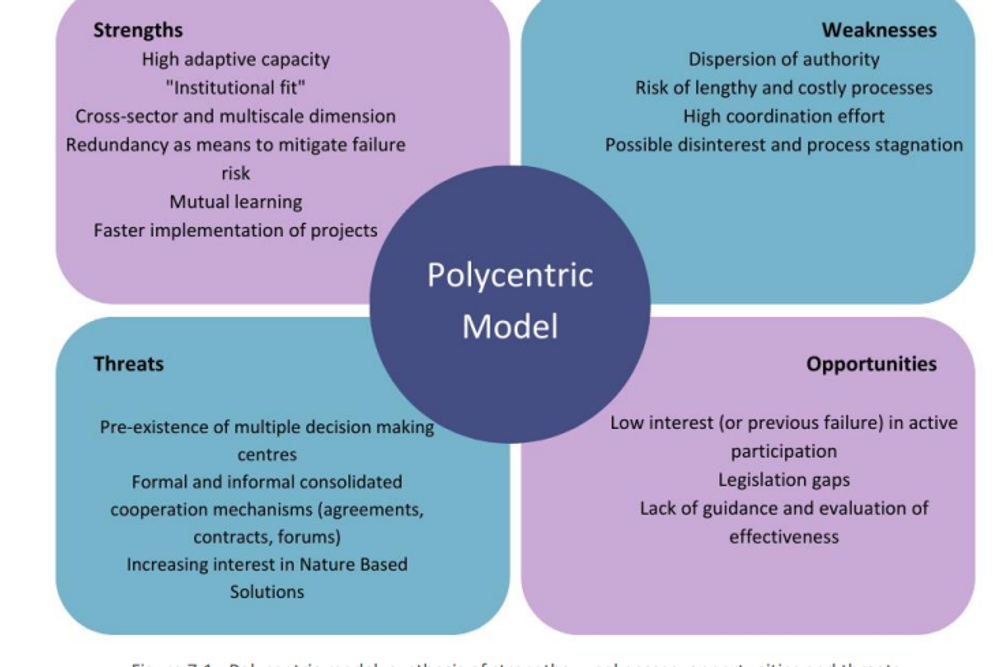The WaterLANDS project was featured as a success story by the Green Deal Projects Support Office (GDSO) for its work on scaling wetland restoration and innovative governance models for long-term resilience.
Success stories from the Horizon 2020 Green Deal Call-funded projects are published continuously by GDSO to learn about their innovative outputs, the impact of their work and the lessons shared from their experiences. WaterLANDS was featured in the latest batch of success stories.
Description of success
As part of its work, WaterLANDS aims to identify and develop suitable policy and governance frameworks that facilitate the success of large-scale inland and coastal wetlands ecological restoration. Under this, the project has developed the Theoretical Governance Framework for wetland restoration. It is a tool that identifies the governance conditions and measures necessary for successful restoration and provides recommendations for a wide range of users and contexts.
The tool was developed using insights from literature, interviews with those involved at WaterLANDS’ 15 Knowledge Sites (where wetland restoration has already been successfully demonstrated), and personal experience from the experts creating the tool.
The tool identifies four governance models (polycentric, monocentric, community-based, and network-based) and provides a SWOT (Strengths, Weaknesses, Opportunities and Threats) analysis for each, highlighting their strengths, weaknesses, and applicability. When applying the tool, projects may align with more than one governance model and have overlapping features. Key recommendations are made for each governance model which are organised under three pillars:
- Co-creation and communication: Ensures continuous and effective participation from all stakeholders, from design to implementation.
- Design and implementation: Establishes formal and informal governance practices tailored to restoration needs.
- Sustainable legacy: Focuses on long-term governance practices and safeguards to ensure the durability of restoration efforts.

Figure 1: Example of a SWOT analysis for one of the governance models (polycentric)
Through its development, the tool identified critical factors for successful restoration, including multi-stakeholder collaboration, the importance of EU funding, and addressing fragmented land ownership. Conversely, it also highlighted common barriers such as insufficient funding, citizen scepticism, and lack of long-term strategies.
Read the Success Story here.
The Theoretical Governance Framework report, including methodology, has been published on the WaterLANDS website.
